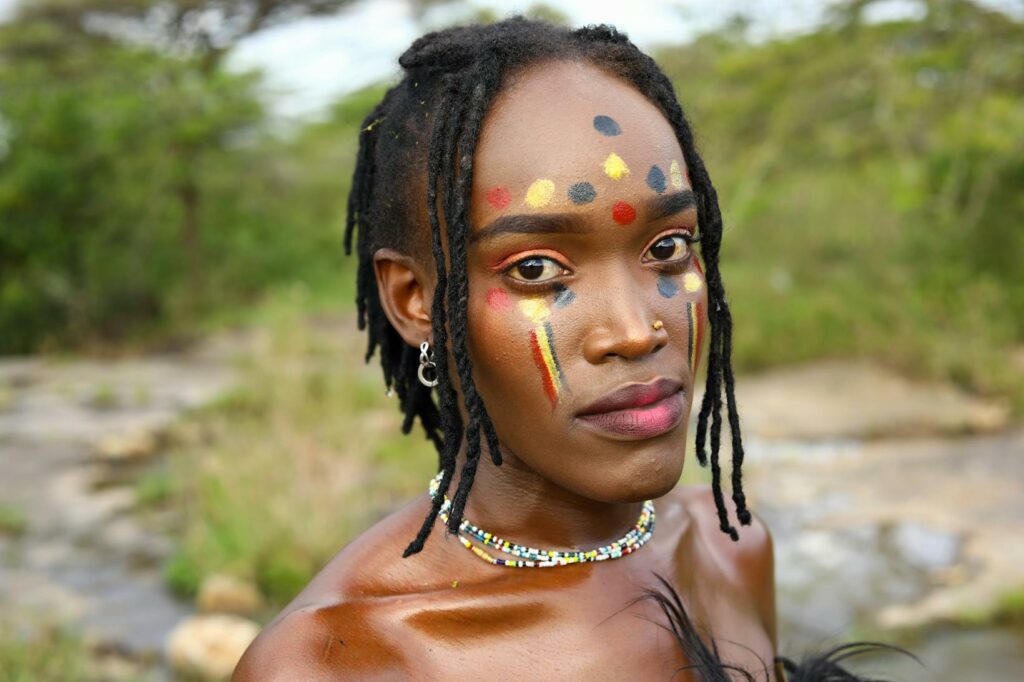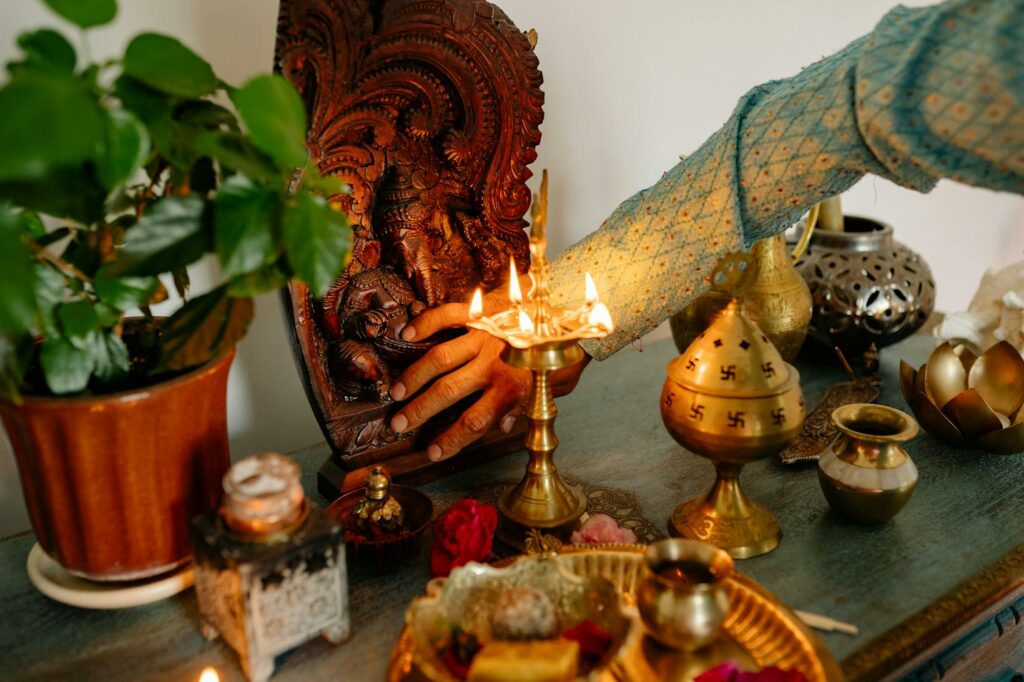Immerse yourself in the vibrant and diverse world of West African culture. A tapestry of tradition, it’s a melting pot of influences that have shaped the region’s unique social, artistic, and culinary landscape. From the rhythmic beats of djembe drums to the rich flavors of jollof rice, West Africa’s cultural heritage is a feast for the senses.
Yet, there’s more to this culture than meets the eye. It’s a fascinating blend of history and modernity, where age-old customs meet contemporary influences. As we delve deeper into the heart of West African culture, we’ll uncover the stories, traditions, and people that make this region so captivating. So, buckle up for an exciting journey into the cultural heartland of West Africa.
West Africa Culture
The culture of West Africa is a mosaic of diverse influences representing a spectrum of societies, linguistic groups, and historic contexts. West African culture emerges from 16 independent countries, including Ghana, Senegal, and Nigeria. Each nation contributes unique elements to the larger cultural panorama, ensuring that West Africa’s culture sparkles with an array of distinct characteristics.
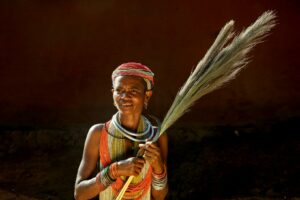 Traditional Music and Dance
Traditional Music and Dance
Music forms a core component of West African culture. Songs and dances are closely embedded in every aspect of communal life, from birth ceremonies to weddings to funerals. Instruments such as the kora, a 21-string bridge-harp, and the balafon, an ancestor of the xylophone, dominate West African musical expressions. Enchanting dance forms, including the Gahu from Ghana or the Sabar from Senegal, enliven the cultural landscape.
Visual Arts and Crafts
West Africa’s arts and crafts scene remains vibrant and diverse. From the intricately carved masks of the Ivory Coast to the airy, multicolored textiles of the Ashanti in Ghana, artistic expressions bear a remarkable fusion of purpose, aesthetic appeal, and symbolism. Nigerian sculptures—imbued with philosophical nuances— or Dogon woodworking from Mali, further illustrate this region’s rich creative output.
Cuisine
Cuisine in West Africa features hearty stews, aromatic spices, and a variety of grains. Nigerian Jollof rice, Ghanaian Banku, and Senegalese Thieboudienne are examples of savory dishes that define the regional palate. The use of locally sourced ingredients, such as yam, millet, and cassava, reflects sustainable agricultural practices integral to these societies.
Religion
Religion permeates all aspects of life in West Africa, providing both a guiding ethos and a sense of collective identity. Islam and Christianity are predominant, yet traditional African religions holding reverence for ancestors and nature spirits, persist in practices and beliefs. Examples include Vodou in Benin and Togo, or Akan spirituality in Ghana.
Languages of West Africa Culture
Unveiling the essence of the languages within West Africa’s cultural landscape uncovers diversity, oral traditions, and multilingual capabilities. As a stronghold of linguistic diversity, West African communities utilize languages for preserving history, identity, and societal values.
Major Languages and Dialects 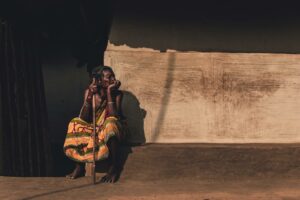
In the linguistic landscape of West Africa, languages such as Hausa, Yoruba, Igbo, and Wolof are notable. Variations within these languages generate a rich blend of dialects – a mélange that continuously evolves and hybridizes under the force of varying socio-political elements. For instance:
- Hausa, predominantly spoken in Nigeria and Niger, has significant speakers in regions such as Ghana, Sudan, and Cameroon.
- Yoruba, the lingua franca of southwestern Nigeria and parts of Benin and Togo, also boasts diaspora populations in Brazil, Trinidad, and Tobago.
- Igbo, mainly concentrated in Southeastern Nigeria, has diaspora representations in Equatorial Guinea and Cameroon.
- Wolof, ranking as Senegal’s most spoken language, footprints in Gambia, and Mauritania.
Each language, in its intricacy and dynamism, mirrors the mosaic of West African culture, fostering unity amidst diversity.
Clothing and Fashion in West African Culture
Clothing and fashion serve as vibrant expressions of West African culture, combining artistic aesthetics and practical functionality. This section illuminates the unique clothing styles and international influence of West African fashion.
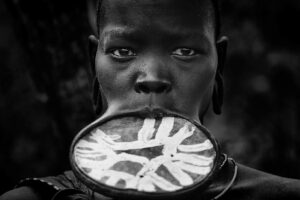 Traditional Clothing Styles
Traditional Clothing Styles
A myriad of traditional clothing styles represents the cultural diversity in West Africa. Each region or tribe boasts a distinct style often symbolizing their historical, societal, and ceremonial significance. For instance, the Boubou (or Agbada), a large flowing robe, marks Senegalese and Nigerian attire. Alternatively, the Kente cloth, a brightly colored woven fabric, serves as a symbol of pride for the Ashanti people in Ghana. These styles make a distinct statement about the wearer’s heritage and the collective identity of their community.
Influence of West African Fashion Globally
West African fashion impacts the global fashion landscape significantly. Patterns, prints, and designs rooted in West African culture continue to inspire designers worldwide. Renowned fashion houses, such as Dolce & Gabbana and Louis Vuitton, have incorporated vibrant Ankara prints into their collections, spotlighting the international appeal of West African aesthetics. Additionally, celebrities, including Beyoncé and Rihanna, have embraced and showcased West African styles, prompting a cultural appreciation and enhancing the global visibility of West African fashion.
West African culture is a vibrant blend of traditions, arts, and cuisines, deeply influenced by the region’s diversity. It’s a culture that values oral tradition, art, music, literature, and fashion as key elements in preserving and communicating its rich heritage.

